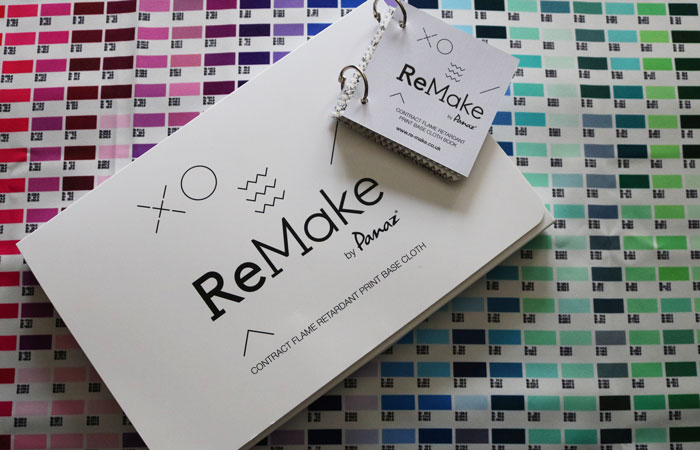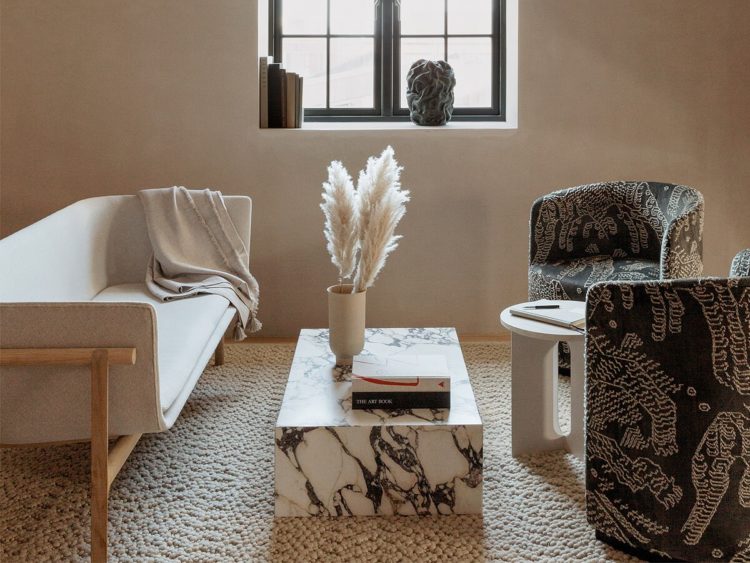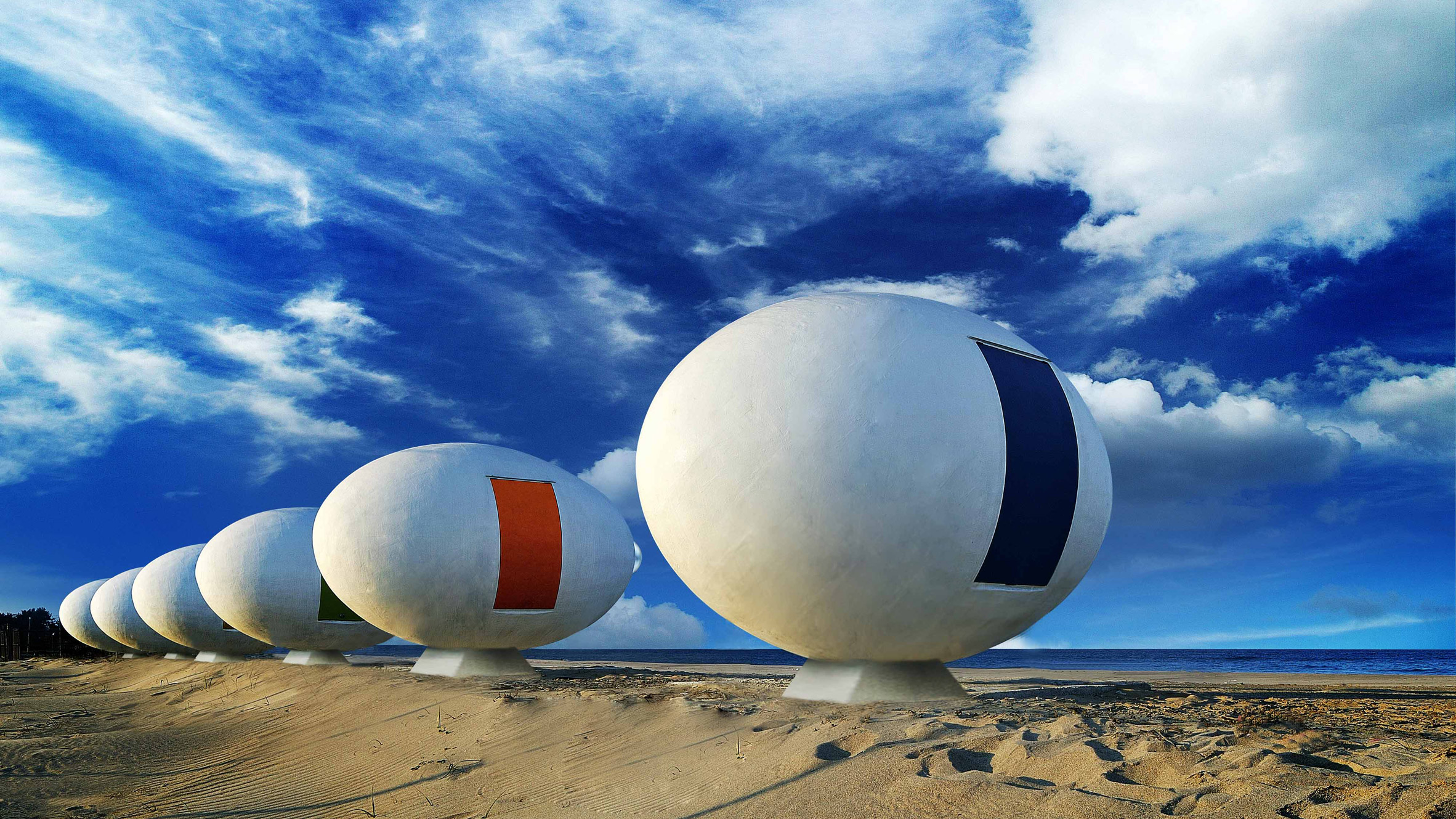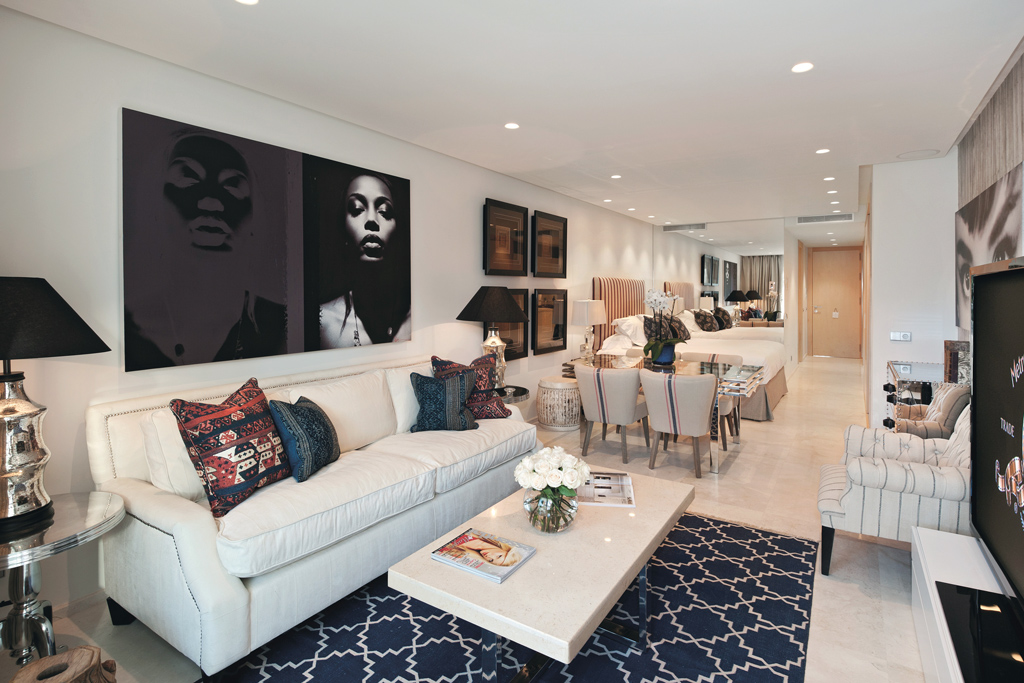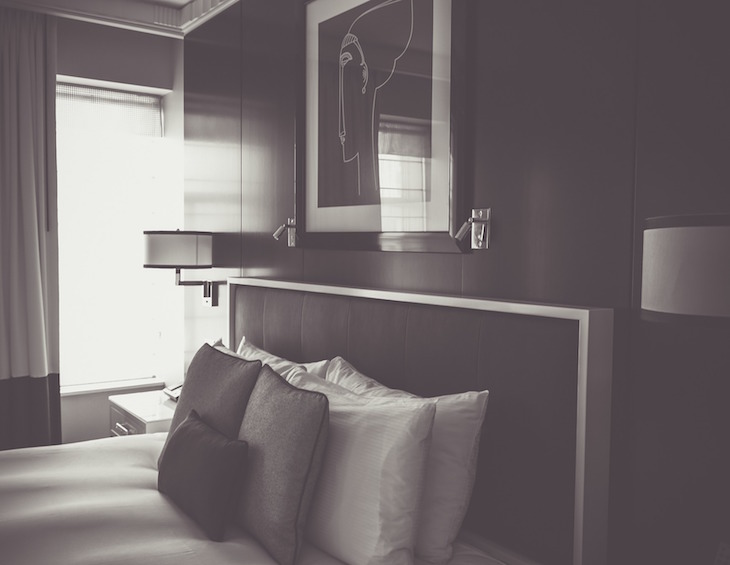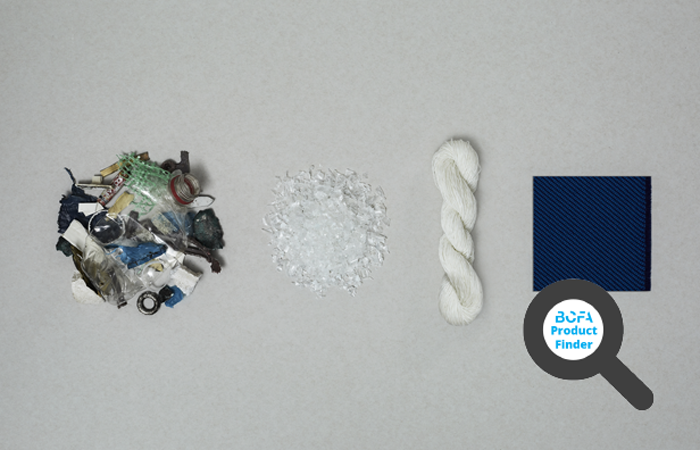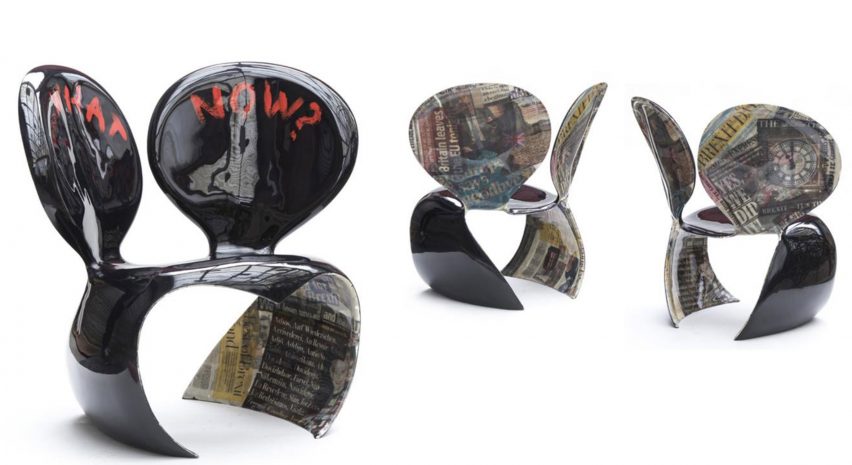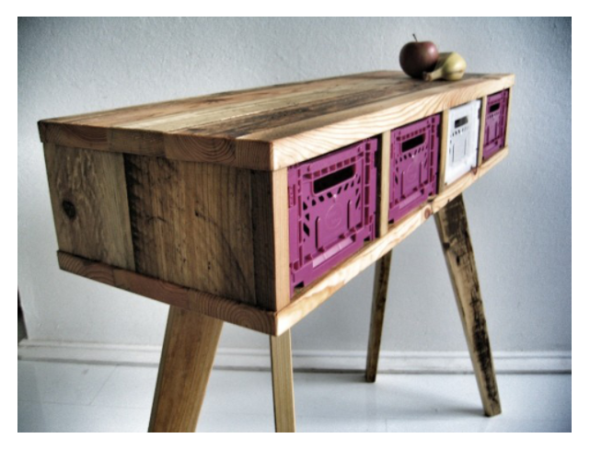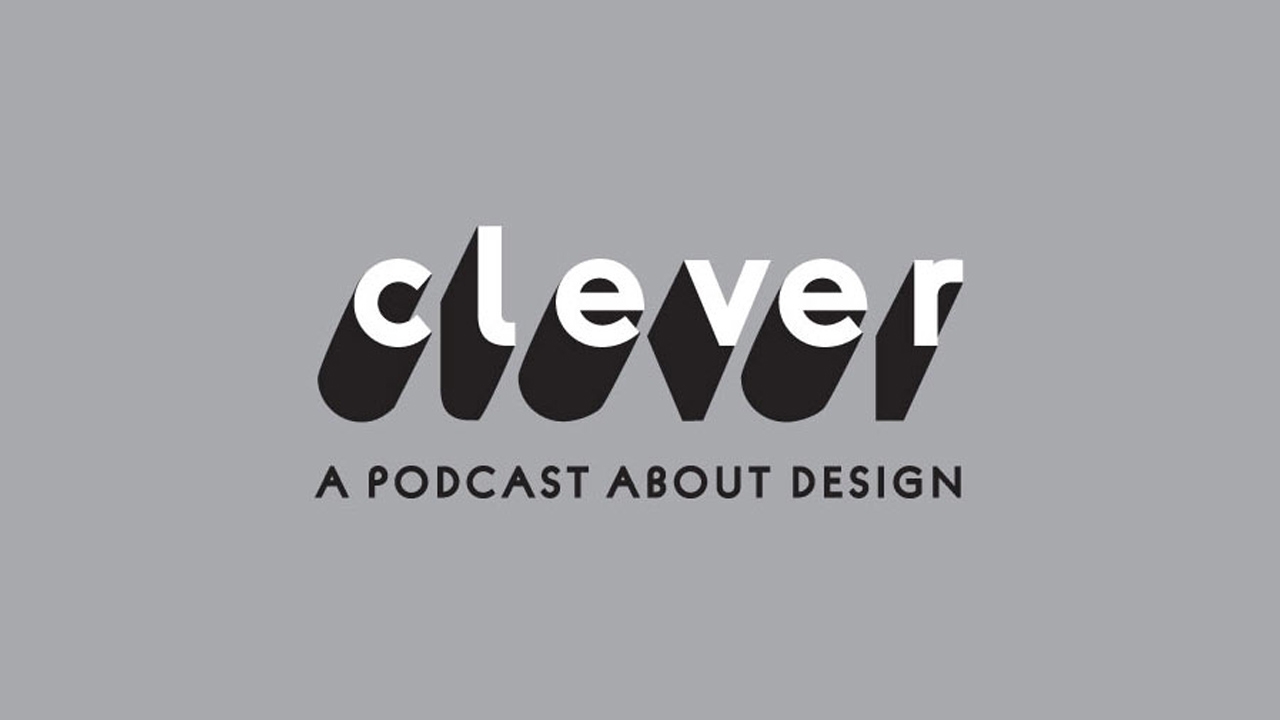The Top Stitch

Your weekly digest of news in the world of Design, Upholstery, Furniture and Interior Design, brought to you by Global Upholstery Solutions.

Businesses are under pressure to replace, reduce or remove packaging to fight climate change – but the practicalities are more complex than many ever imagined.
If plastic was invented today, rather than in 1907, it might well be marketed as a new product with enviably ‘green’ credentials. After all, it is lightweight, readily available, affordable and – compared to other materials, when analysed on a full lifecycle basis – can be relatively frugal when it comes to carbon emissions. Instead, thanks to its durability when leaked into the environment, it is almost universally synonymous with pollution.

Every organization is being challenged and stressed by the Pandemic. Every leader is being called upon to lead others through this complex human horror. Many leaders that I talk to are focused on “what” we should do – running lots of financial scenario planning exercises preparing for the “what if’s”. When do we furlough or fire more people? When do we start bringing back people? That is necessary but not sufficient in my view.

Antimicrobial fabrics are the new normal for hospitality – migrating from the healthcare sector.
As soon as the starting gun goes to get the country back up and running again, wouldn’t it be great to get out of the starting blocks quickly? As someone wise once said, a day lost at the start is a day lost at the end. The sooner your customers start coming back, the earlier you’ll start on the recovery curve.
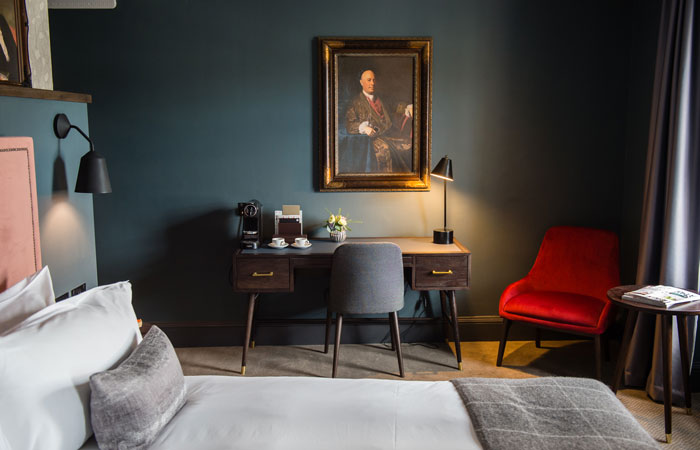
THE FUTURE OF BOUTIQUE HOTELS -Design Insider
The idea of using “boutique” to describe a hotel category originated in the USA almost 40 years ago. Since then, boutique hotels have evolved from being largely independent owner operator hotels to include branded concepts from larger hotel groups. A combination of consumer desire to seek a unique experience, the power of global hospitality groups to invest in new brands and the ability of developers and operators to secure investment has driven growth in this sector.

Though much of the world is still under some degree of coronavirus lockdown, one real estate firm has already proposed a way for office workers to mitigate the risk in returning to work through a workspace concept called “the six feet office.”
Whilst it may be far from business as usual, it’s so important that we look after not only our friends and loved ones, but our design community and industry as a whole. We’re also of the mindset that if we all come together to work, not as individuals, but as communities looking out for each other; helping with whatever skills we can offer – this will see us through.
Creating a sense of togetherness, community and connectivity for makers, designers and craftsmen and women. ‘The Connected Series’ will be hosted weekly by Country & Town House and by Carole Annett, Interiors Editor, in a bid to keep our design community connected.

Juniper is an invasive species that’s tough to work with.
Whenever we write about wood construction and mass timber, we get complaints about deforestation and questions about whether it is really green and sustainable. This building, the Experience Center at Oregon State Park, may well become our poster child, our demonstration of wood done right.
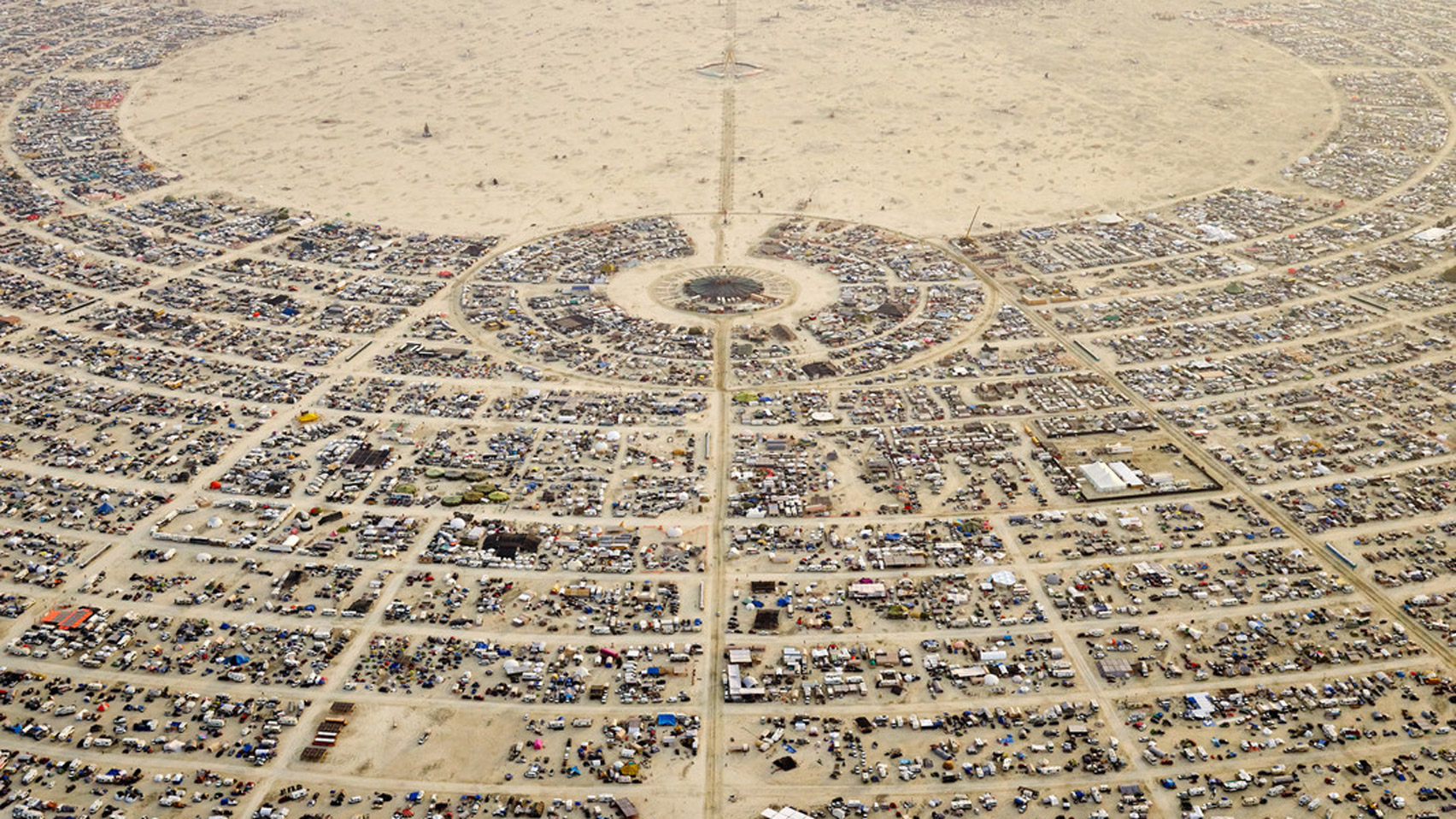
This week on Dezeen we launched a Virtual Design Festival featuring a live video interview with Li Edelkoort and messages from architects and designers from across the world.
Virtual Design Festival, the world’s first online design festival, launched this week to help unite and uplift the industry during the coronavirus pandemic.
The event kicked off with a compilation of video messages sent in by scores of creatives from around the world sharing their situations and their hopes for the future.
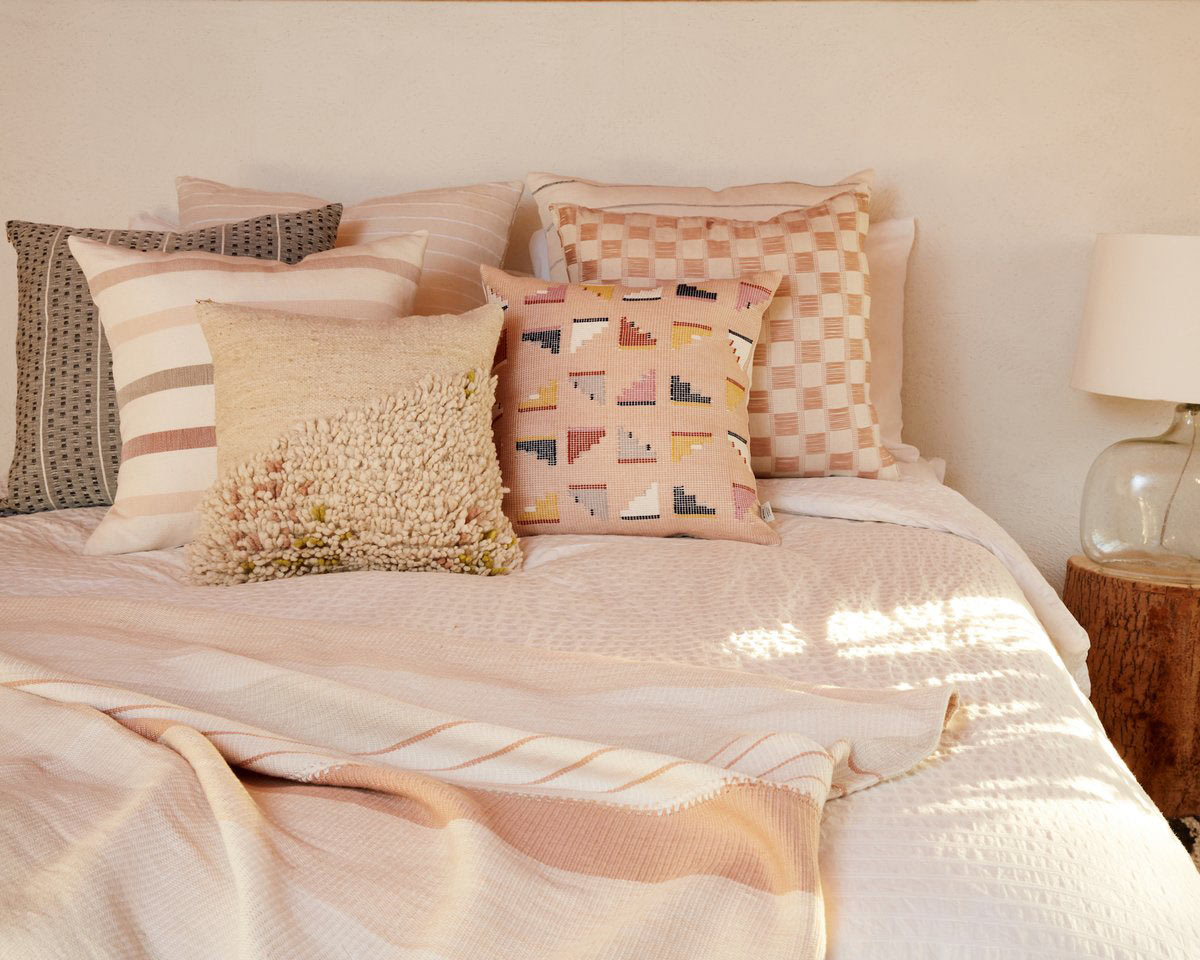
Thankfully, geometric patterns are here to stay. Artists and designers continue to come up with fresh designs, and in new and inventive ways, making it impossible not to love them for years and years. If you’re afraid of too much pattern or want to take it slowly, it’s easy to incorporate one or two things to help invigorate a space. If you’re on the opposite end of the spectrum, geometric patterns can definitely cater to the maximalist in you. Read on for 10 ideas on how to add in geometric patterns into your home without going overboard.
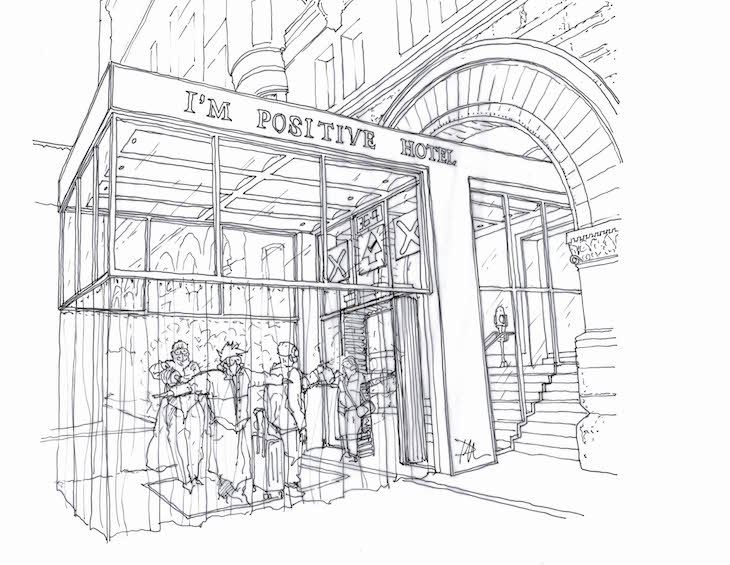
Designer Peter Mance, who the director of MAAPS Design and Architecture, takes a thorough look at why design in hospitality will change post-pandemic…
Me: “Alexa, define ‘hospitality’.”
Alexa: “The definition of hospitality is the friendly and generous reception and entertainment of guests, visitors, or strangers.”

Popular between the 1970s and 90s, postmodern architecture featured houses with curving forms, bright colours and humorous ornamentation
Modernism, which was popular in the years after the second world war, was defined by its emphasis on simplicity and the adage ‘form follows function.’ While it strove to create urban utopias and was influenced by the ideas of socialism, postmodernism was nominally unideological but quickly becmae associated with corporations and capitalism.

 Products Shipped – 1038
Products Shipped – 1038
